|
Note: The information on Google is incorrect — the Museum Collection is not an exhibit hall. It is a research and storage facility and is not open to the general public. Three exhibit areas in Grand Canyon Village are open to the public daily:
What is the Grand Canyon Museum Collection?The Grand Canyon Museum Collection is a storage and research facility dedicated to preserving the physical artifacts that tell the various aspects of the Grand Canyon story. The storage facility, completed in 1999, has over 6,000 square feet of climate-controlled storage and research space, and houses over 1.6 million objects from seven different disciplines: archeology, ethnology, history, archive/ manuscripts, biology, geology and paleontology. Staff receive more than 2,000 research requests each year. The Grand Canyon Museum Collection is open for study and research purposes to any interested researcher. In order to maintain its integrity, the collection may be used for reference only in a non-consumptive manner. 
Contact Information2C Albright Avenue, Grand Canyon, AZ 86023 Monday through Friday 8:00 am - 4:00 pm Collections:Archaeology Collection
The material remains of past human life and activities at Grand Canyon, including:
Ethnology Collection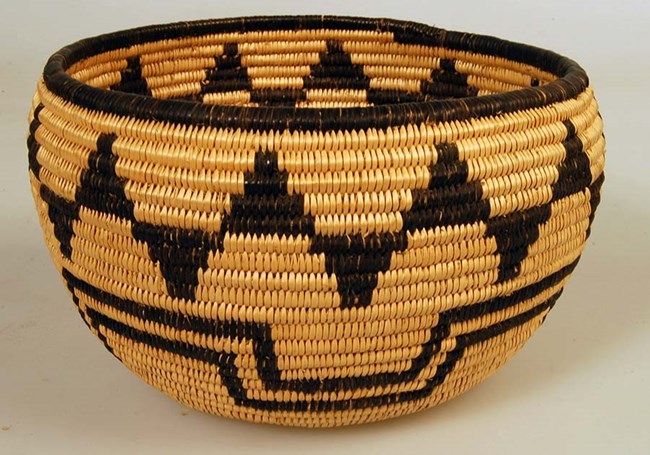
The material artifacts of the indigenous cultures that have inhabited the Grand Canyon region from the historic period through the present, including:
History Collection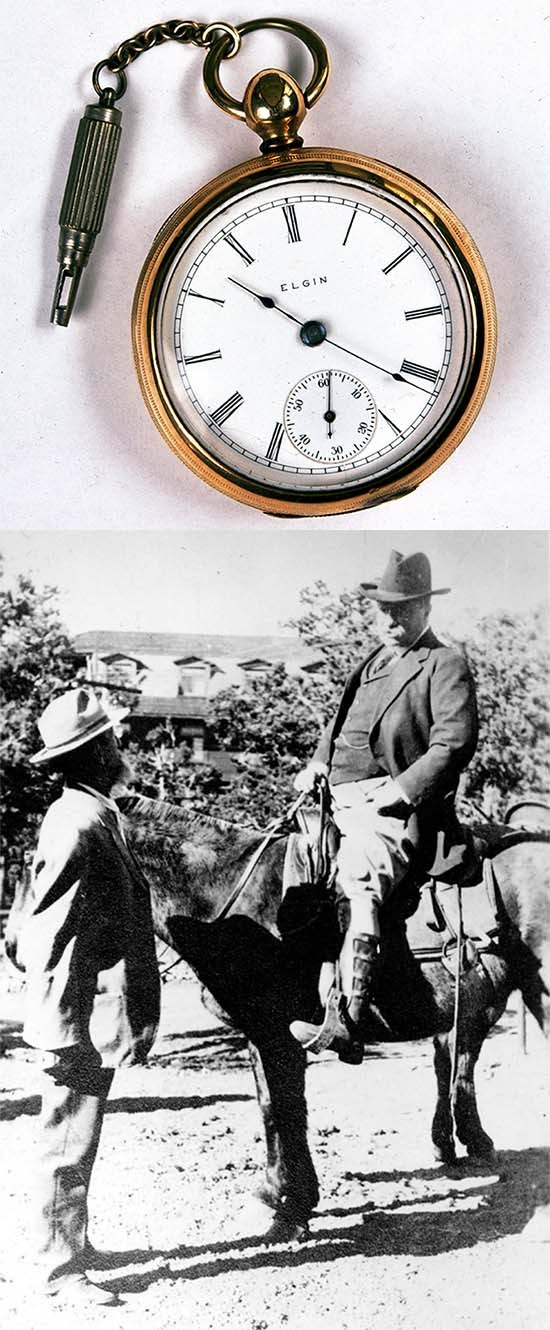
Non-archaeological material artifacts of the non-native cultures at Grand Canyon, including:
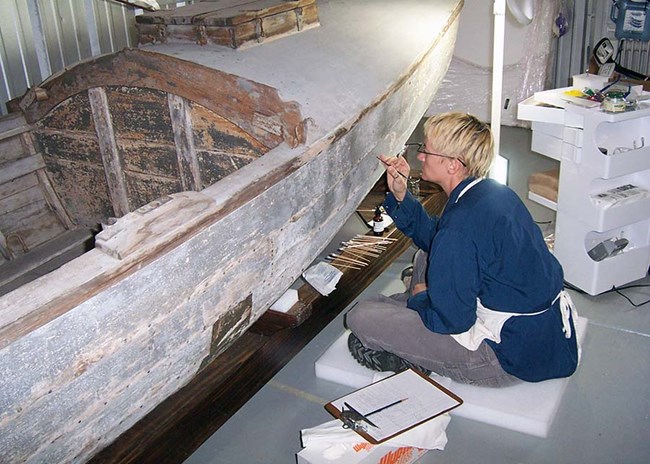
Historic Boat ConservationThe Grand Canyon historic boat collection is comprised of 19 boats that comprehensively illustrate the history of river running on the Colorado River through the Grand Canyon, with the oldest boat dating back to 1909. 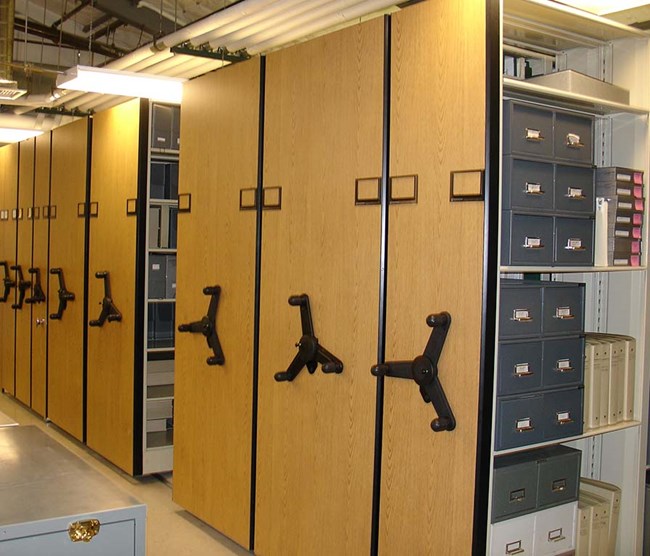
Archive/ Manuscript CollectionThe document collection tells the Grand Canyon story through photos and in writing, including:
Biology CollectionA collection of plant and animal specimens that document the life zones of the Grand Canyon region, including: 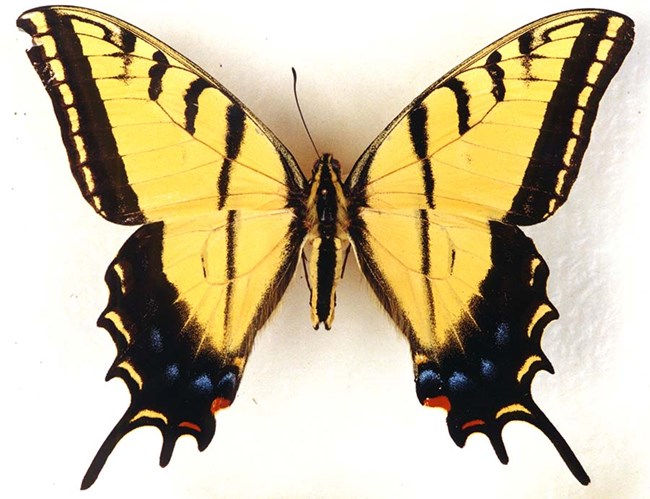
More Grand Canyon herbarium specimens are stored at the Museum of Northern Arizona Herbarium, the Northern Arizona Deaver herbarium, and the Desert Botanical Gardens, near Phoenix. Geology Collection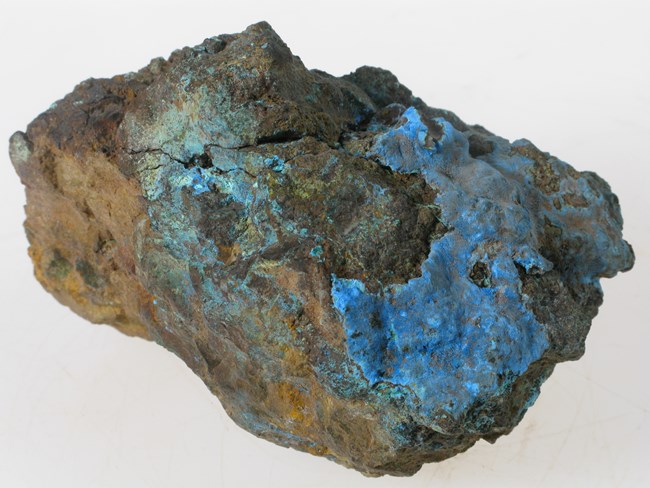
Rock samples tell the geologic history of the Grand Canyon region, including:
Paleontology Collection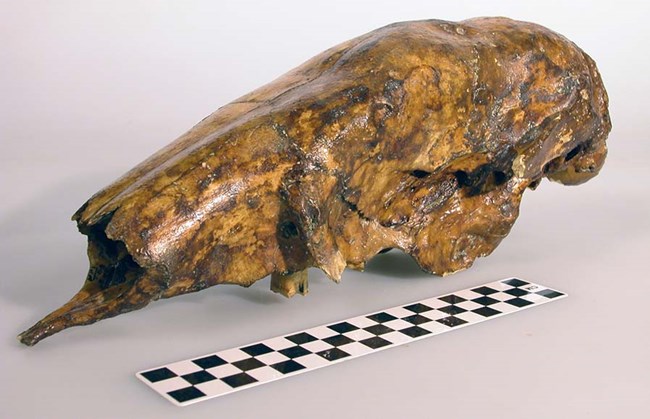
Fossil remains from past geologic periods at Grand Canyon, including:
ServicesThe Museum Collection has a collection of over 22,000 black and white photographs that may be loaned, scanned or purchased for exhibit, research and publishing projects. Several photos can also be copied onto your flash drive. Onsite photocopying services are available. We Need Your HelpThe park is always seeking donations to enhance the collections. Contact Museum Collection staff for information about donating photographs, documents, or other materials. Frequently Asked Questions about the 2019 NPS Review of Potential Uranium Exposure in the Museum CollectionGrand Canyon National Park 2019 Safety and Health Review Report (8.2 MB PDF File - July 2019) Q: Why was an investigation initiated?
Q: How did the safety team conduct their work?
Q: What were the safety team’s findings pertaining to radiation exposure? Q: Why were original radiation measures so high? Q: Was the safety team’s work reviewed? Q: What are the safety team’s recommendations regarding museum collections moving forward? Q: Why did the report take so long to complete? Q: What are the next steps? |
Last updated: June 24, 2025

